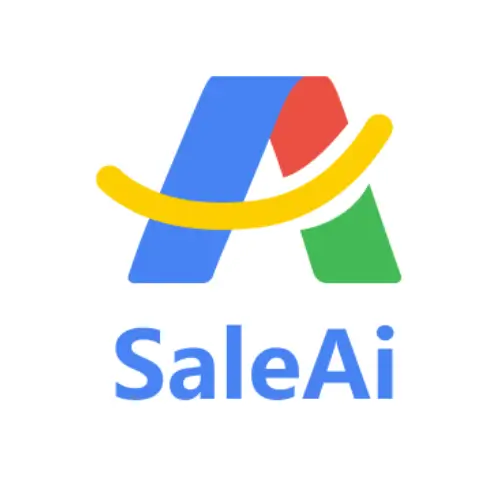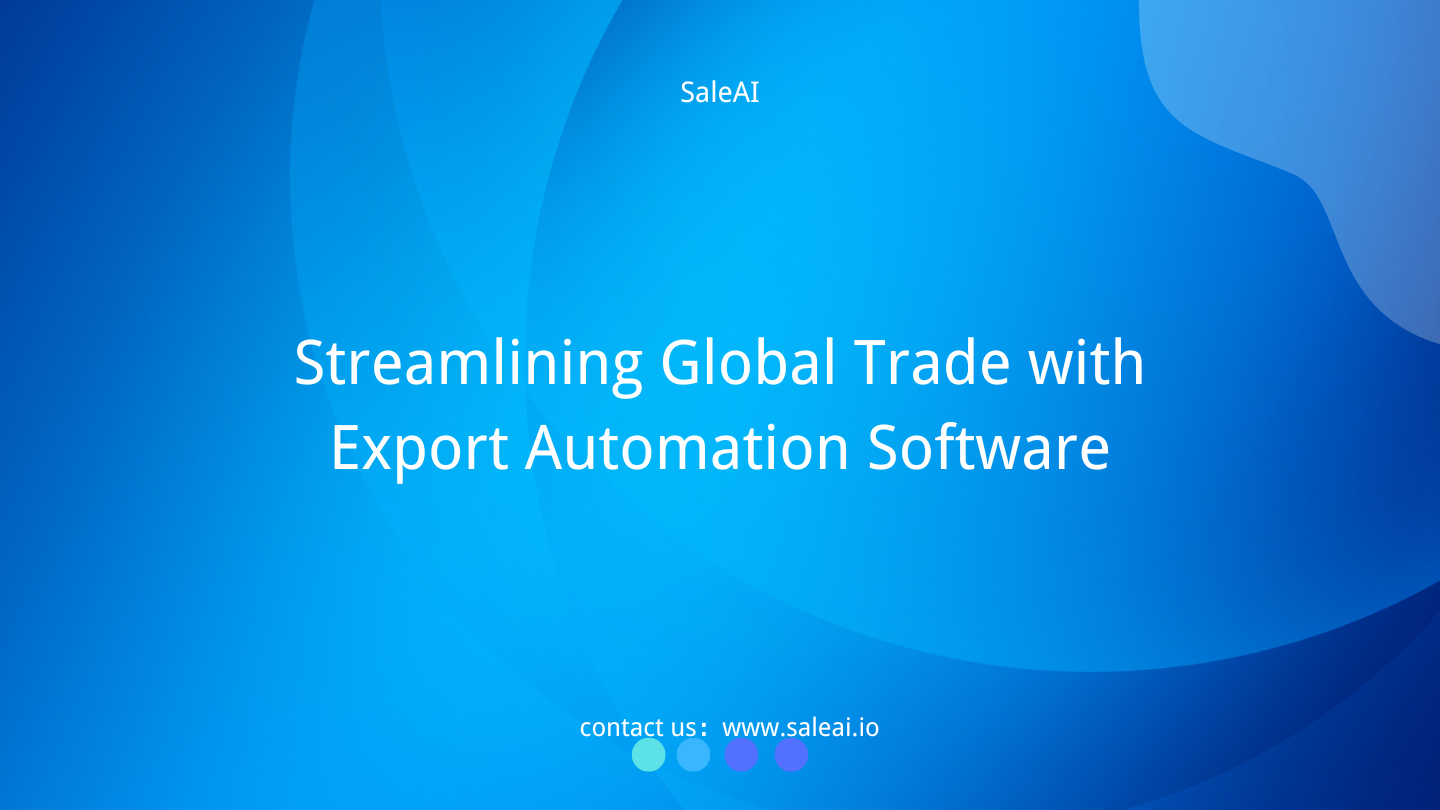The Future of Exporting: Automation at the Core
Global trade is becoming increasingly complex. From navigating compliance regulations to managing logistics and buyer communications, exporters face numerous challenges that demand time and precision.
Export automation software is revolutionizing this landscape by automating repetitive tasks and providing exporters with tools to increase efficiency, reduce errors, and scale their operations. For businesses looking to stay competitive in a fast-paced global market, automation is no longer optional—it’s essential.
Key Features of Export Automation Software
a. Automated Compliance Management
Navigating international trade regulations is one of the most challenging aspects of exporting. Non-compliance can lead to costly fines or shipment delays.
Export automation software ensures adherence to:
- Trade regulations in target markets.
- Documentation standards, such as invoices, certificates of origin, and export licenses.
- Tariff classifications and customs requirements.
How SaleAI Helps:
With SaleAI’s automated compliance tools, exporters receive real-time updates on regulatory changes and ensure documentation accuracy, minimizing the risk of penalties.
b. Efficient Documentation Processing
Manually preparing export documentation is time-consuming and prone to errors. Export automation software generates accurate, standardized documents at scale, ensuring smooth operations.
How SaleAI Helps:
SaleAI’s platform integrates seamlessly with logistics providers and customs systems, automating every step of the documentation process.
c. Smart Buyer Engagement
Reaching out to buyers with personalized communication is critical for maintaining strong relationships. Export automation software leverages AI to:
- Segment buyers based on behavior and preferences.
- Automate email campaigns and follow-ups.
- Track engagement metrics to refine outreach strategies.
How SaleAI Helps:
SaleAI’s smart engagement features enable exporters to create targeted marketing campaigns that resonate with buyers, driving higher conversions.
d. Real-Time Trade Analytics
Automation tools provide exporters with actionable insights into:
- Market trends and demand patterns.
- Competitor activities and buyer preferences.
- Operational bottlenecks that need attention.
How SaleAI Helps:
SaleAI’s analytics dashboard visualizes key metrics, helping exporters make data-driven decisions quickly.
The Advantages of Export Automation
a. Enhanced Efficiency
Automation reduces the need for manual intervention, enabling exporters to scale their operations with minimal resources.
b. Improved Accuracy
By automating compliance and documentation, exporters minimize human error, ensuring smoother trade operations.
c. Cost Savings
With fewer errors and streamlined processes, exporters can save on operational costs while improving ROI.
d. Faster Time-to-Market
Automation accelerates key processes, from buyer engagement to shipping, enabling exporters to meet market demands faster.
e. Competitive Edge
Exporters leveraging automation can respond to market changes more effectively, staying ahead of competitors.
Why SaleAI is the Better Export Automation Solution
a. Tailored for Exporters
Unlike generic platforms, SaleAI is built specifically for export businesses, addressing their unique challenges.
b. AI-Driven Automation
SaleAI combines traditional automation with advanced AI tools to deliver precision, speed, and insights.
c. Seamless Integration
SaleAI integrates with your existing logistics, CRM, and marketing systems, ensuring a smooth workflow.
d. Scalable for All Business Sizes
Whether you’re a small exporter or a multinational enterprise, SaleAI grows with your needs.
e. Proven Results
With SaleAI, exporters have reported up to a 40% reduction in operational costs and a 50% improvement in lead-to-sale conversions.
Conclusion: Automate for Success
Export automation software is revolutionizing global trade by simplifying complex processes and enabling businesses to focus on growth. With tools like SaleAI, exporters can automate compliance, streamline operations, and enhance buyer engagement—all while reducing costs and staying ahead of the competition.



